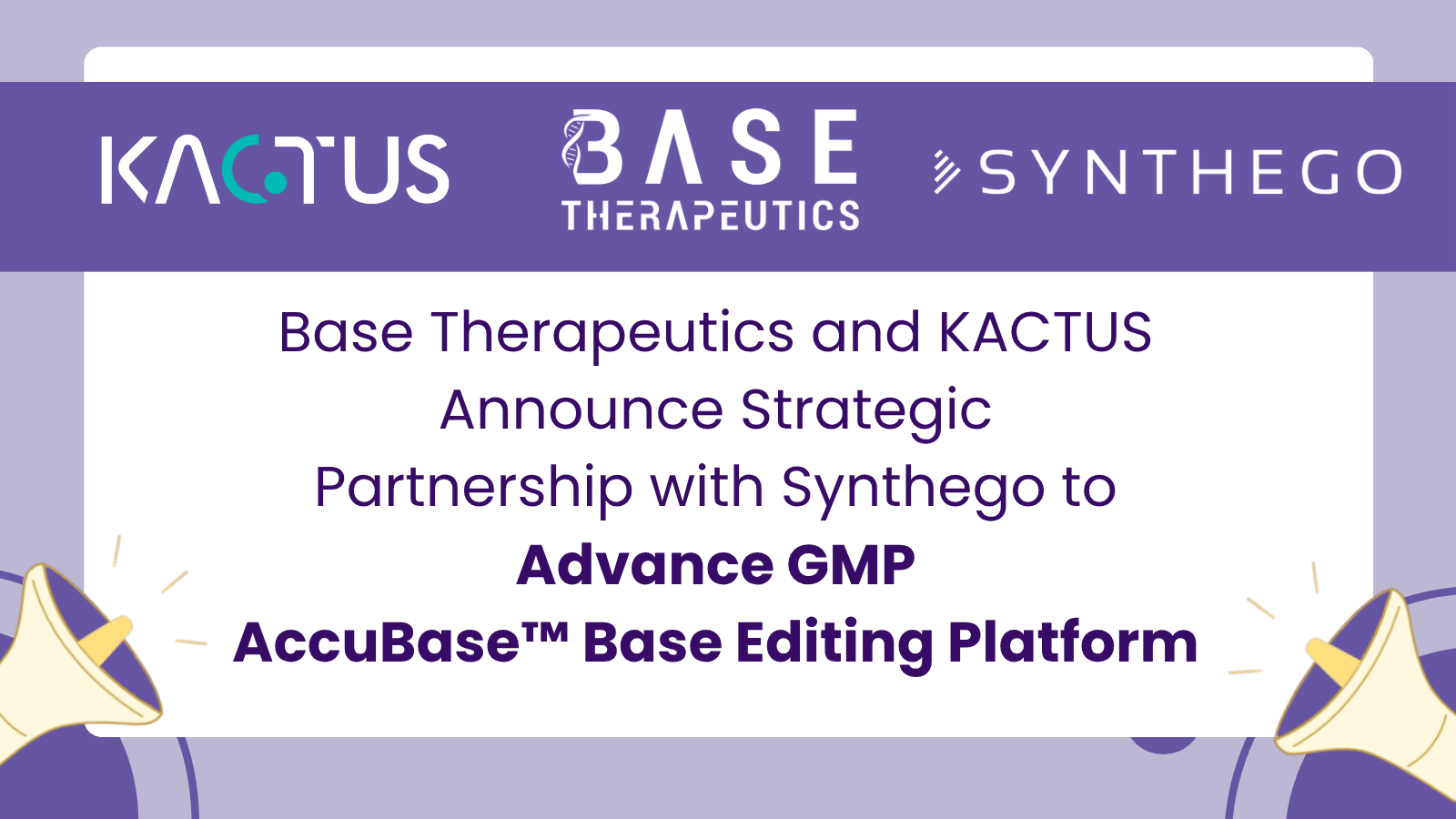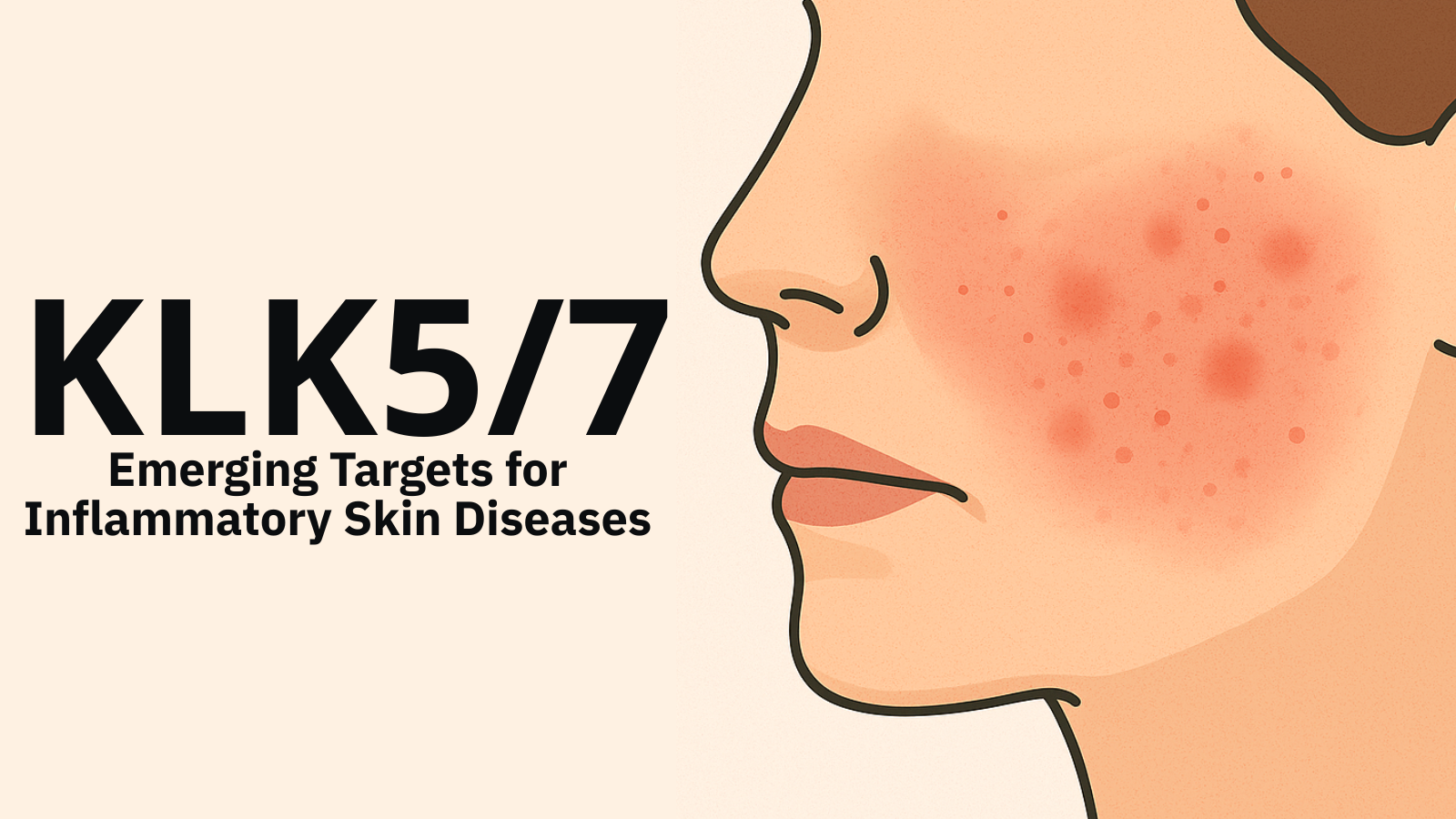The Ideal Choice for Low dsRNA: MaxPure™ T7 RNA Polymerase
By Yujiao Zhang
Exciting news of mRNA vaccine research against monkeypox has been coming out since the beginning of 2024: February 15, the BioNTech team officially published the preclinical research results of their mRNA-based monkeypox vaccine, BNT166, in the journal Cell. The results showed that the BNT166 vaccine could induce a strong T-cell immune response and produce a large amount of neutralizing antibodies in mice. This study also found that the BNT166 vaccine could elicit protective immune responses in various animal infection models. Currently, this vaccine has entered the Phase I/II clinical trial (NCT05988203). On February 16, the China CDC Weekly (CCDC Weekly) disclosed an independently developed mRNA monkeypox vaccine in China, which will soon enter the clinical stage (Figure 1). Inevitably, vaccination is one of the most effective approaches for monkeypox prevention. The substantial progress of mRNA vaccine research and development undoubtedly brings in new hope for the future release of off-the-shelf mRNA vaccine to strengthen the preventive medication against monkeypox.
 |

|
Figure 1: Literature on mRNA Vaccine Progress [1][2]
A robust, reliable manufacturing process plays a critical role in guaranteeing the quality of the commercial mRNA vaccine. This process includes template sequence design, plasmid DNA preparation, mRNA synthesis and purification, and delivery vehicle preparation, etc. Among these, the IVT (in vitro transcription) is the key step of large-scale mRNA production. The conventional T7 RNA polymerase is the most commonly used enzyme for catalyzing mRNA synthesis. In addition to the target products, however, it also produces certain immune-stimulating by-products, primarily the double-stranded RNA (dsRNA), that require additional steps to eliminate under the current manufacturing process and, therefore, become a challenge for mRNA process optimization.
Formation of dsRNA during IVT
T7 RNA polymerase typically adopts two conformations during the catalysis: the initiation complex (IC) and the elongation complex (EC) [3]. Under the IC conformation, T7 RNA polymerase binds to the T7 promoter and transcribes short RNAs or abortive transcripts (2-10nt). These short RNAs can interact with T7 RNA polymerase to generate dsRNA using RNA as a template. Once the conformation shifts to EC, T7 RNA polymerase produces massive amounts of full-length RNA. As the concentration of the product RNA increases, it drives the RNA polymerase to initiate self-extension using the full-length RNA as a template, thus generating loopback dsRNA (Figure 2).

Figure 2: Mechanism of dsRNA Formation in IVT Reactions [4]
Immunogenicity of dsRNA byproducts
dsRNA by-products can induce three types of immune response in cells (Figure 3):
- Antiviral innate immune response induced by Pattern Recognition Receptors (PRRs). These PRRs include cytoplasmic Retinoic acid-inducible gene (IRIG-I) that can recognize the 5' ppp dsRNA and 5' pp dsRNA; Cytoplasmic Melanoma differentiation-associated gene 5 while (MDA5) recognizing long-chain dsRNA, and endosomal TLR3, a toll-like receptor that recognizes dsRNA ranging from 40 to 50 bp. Activation of RIG-I, MDA5, and TLR3 leads to the phosphorylation and activation of IRF3 and NF-κB transcription factors. These factors translocate to the nucleus, where they induce the expression of type I interferons (IFN-α and IFN-β) and other pro-inflammatory cytokines.
- Inhibition of protein translation via protein kinase R (PKR) and 2'-5' oligoadenylate synthetase (OAS) activation. Upon binding to dsRNA, PKR dimerizes and undergoes autophosphorylation. Activated PKR phosphorylates the eukaryotic initiation factor 2 alpha (eIF2α), leading to the inhibition of protein synthesis and viral replication. Meanwhile, OAS is also activated by dsRNA and synthesizes 2'-5' linked oligoadenylates (2-5A), which activate RNase L. Activated RNase L degrades cellular and viral RNA, further inhibiting protein synthesis and viral replication.
- Programmed cell death triggered by NLRP1 inflammasome Activation. The NLRP1 inflammasome recognizes dsRNA and triggers the release of the UPA and CARD domains. These domains then assemble the inflammasome, leading to the activation of caspase-1. The activated caspase-1 cleaves pro-inflammatory cytokine precursors, releasing mature IL-1β and IL-18. It also cleaves Gasdermin D (GSDMD), forming pores in the cell membrane and inducing pyroptosis, a form of programmed cell death [5].

Figure 3: Schematic Diagram of Immune Stimulation Induced by dsRNA [5]
Strategies for controlling dsRNA level
To eliminate the adverse effects caused by dsRNA, different strategies have been adopted in the manufacturing process to minimize the immunogenicity of mRNA.
- Removal of dsRNA from IVT products
HPLC is considered an ideal method for removing dsRNA but not so practical due to high demand in equipment and the difficulty of scale-up. Currently, the cellulose chromatography is more commonly used method for removing dsRNA. The BioNTech team leverages this method to remove up to 90% dsRNA byproducts of various lengths, sequences, and nucleotide compositions while still ensuring an over 65% recovery rate. Milligram-level of IVT products can be purified using this method [6].
- Controlling the formation of dsRNA during the IVT
Reducing the formation of dsRNA during the IVT process is a more ideal way as it can maximize cost savings in production. Currently, there are three main strategies (Figure 4):
- DNA template sequence optimization: The reduction of dsRNA during the IVT can be achieved by incorporating Poly(A) tail sequence to the DNA template, or adding modified nucleotides, such as N1-Me-pUTP, instead of UTP to decrease dsRNA level.
- Engineering RNA polymerase (Mutant or thermostable RNA polymerase): The G47A+884G double-mutant T7 RNA polymerase developed by Moderna can significantly reduce the dsRNA content in IVT products while maintaining mRNA yield and purity. Some engineered T7 RNA polymerases are designed to function at higher temperatures (50-52°C), which can reduce dsRNA formation [8]. However, high temperatures might not be suitable for large-scale production due to potential RNA degradation [4].
- Optimizing the IVT reaction system: Optimizing the reaction condition, such as reducing the Mg2+ concentration to within 5 mM or reacting in a high-salt environment, can also help minimize the level of dsRNA byproducts [7].

Figure 4: Strategies to Reduce dsRNA Formation [7]
MaxPure™ T7 RNA Polymerase for better dsRNA control
As an enzyme supplier, KACTUS is committed to reducing dsRNA formation by exploring all possibilities in T7 RNA polymerase engineering. Our R&D team has successfully engineered the first-generation T7 RNA polymerase to develop a new type named MaxPure™ T7 RNA Polymerase. This new enzyme effectively reduces dsRNA formation with higher sequence compatibility while still maintaining high IVT product yield at 37°C. Now both research-grade and GMP-grade are available in stock globally. Contact us now for a sample test!
Product Validation Examples
 |
 |
 |
Figure 5. MaxPure™ T7 RNA Polymerase significantly reduces the content of dsRNA
We utilize 1st gen T7 RNA Polymerase and MaxPure™ T7 RNA Polymerase separately for co-transcriptional capping on different templates to synthesize mRNA and saRNA of varying lengths. After lithium chloride precipitation and purification, RNA yield, integrity, and dsRNA content were measured.
The results show that, across different templates, MaxPure™ T7 RNA Polymerase does not affect RNA yield (A) and integrity (B), while significantly reducing the content of dsRNA (C).
 |
 |
 |
 |
Figure 6. In co-transcriptional capping applications, MaxPure™ T7 demonstrates superior capping efficiency
Co-transcriptional capping was performed using 1st gen T7 RNA Polymerase and MaxPure™ T7 RNA Polymerase (each NTP 7.5mM), and capping efficiencies were measured at different concentrations of cap analogs (1-6 mM).
The results indicate that when the Cap Analog concentration is low, MaxPure™ T7 shows better capping efficiency (A) compared to 1st gen T7, while also not affecting RNA yield (B) and integrity (C).
Available Products
|
Product Name |
Catalog |
Size |
|
20KU/100KU/200KU |
||
|
200KU/2MU |
References
[1] Zuiani A, Dulberger CL, De Silva NS, et al. A multivalent mRNA monkeypox virus vaccine (BNT166) protects mice and macaques from orthopoxvirus disease. Cell. Published online February 6, 2024. doi:10.1016/j.cell.2024.01.017
[2] https://weekly.chinacdc.cn
[3] Gholamalipour Y, Karunanayake Mudiyanselage A, Martin CT. 3' end additions by T7 RNA polymerase are RNA self-templated, distributive and diverse in character-RNA-Seq analyses. Nucleic Acids Res. 2018;46(18):9253-9263. doi:10.1093/nar/gky796
[4] Dousis A, Ravichandran K, Hobert EM, Moore MJ, Rabideau AE. An engineered T7 RNA polymerase that produces mRNA free of immunostimulatory byproducts. Nat Biotechnol. 2023 Apr;41(4):560-568. doi: 10.1038/s41587-022-01525-6.
[5] Chen YG, Hur S. Cellular origins of dsRNA, their recognition and consequences. Nat Rev Mol Cell Biol. 2022 Apr;23(4):286-301. doi: 10.1038/s41580-021-00430-1.
[6] Baiersdörfer M, Boros G, Muramatsu H, et al. A Facile Method for the Removal of dsRNA Contaminant from In Vitro-Transcribed mRNA. Mol Ther Nucleic Acids. 2019;15:26-35. doi:10.1016/j.omtn.2019.02.018
[7] Feng X, Su Z, Cheng Y, Ma G, Zhang S. Messenger RNA chromatographic purification: advances and challenges. J Chromatogr A. 2023 Sep 27;1707:464321. doi: 10.1016/j.chroma.2023.464321.
[8] Wu MZ, Asahara H, Tzertzinis G, Roy B. Synthesis of low immunogenicity RNA with high-temperature in vitro transcription. RNA. 2020 Mar;26(3):345-360. doi: 10.1261/rna.073858.119.











